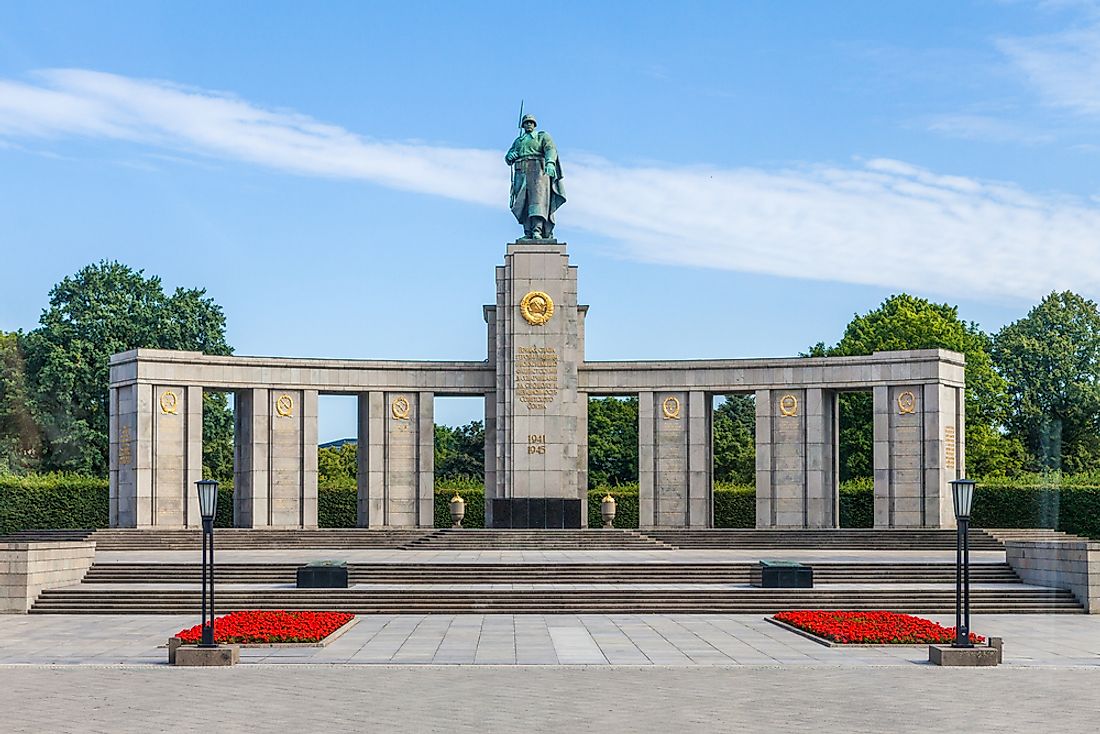What Was the Battle of Berlin?

The Battle of Berlin was the last major European battle during World War II. The Battle of Berlin took place from April 16th - May 2nd, 1945 between the Soviet Union and its allies and Germany. The Soviet Union had 2,500,000 men, 6,250 tankers, and 7,500 aircraft under the command of Georgy Zhukov, Vasily Chuikov, and Ivan Konev. Germany, on the other hand, had approximately 767,000-1,000,000 men, 1,500 tankers, and 2,200 aircraft under the command of Gotthard Heinrici, Adolf Hitler, and Helmuth Reymann.
The Battle of Berlin
The battle started with the assault on the Seelow Heights on April 16, 1945, by the Soviets. One part of the army pressed north towards the German city of Berlin whereas the other part of the Army advanced west. The Soviet soldiers who marched to the west intended to join the American Army troops and attack Berlin together. Subsequently, Soviet Union nearly enveloped the German 9th Army. On April 21, the first Belorussian Front began shelling Berlin. Adolf Hitler was in Berlin at the time of the battle. When he saw that his armies were losing the war, he sent out the 12th Army to join forces with the 9th Army. The Soviet army, under the leadership of Konev, began assaults on Berlin on April 23rd. By the next day, Berlin was encircled by the Soviet and American armies. The troops began infiltrating Berlin from all sides. Although the Soviet army met with heavy resistance, they made it to the Berlin S-Bahn Railway by the next evening. By the next day, the Soviet army was getting into Berlin from the north, south, and south-east.
On April 29th, the Soviet army marched onto the Interior Ministry. They captured the Gestapo Headquarters and moved on to Reichstag. After hours of brutal fighting, they managed to hoist a flag on the iconic building. With the Soviets approaching his hideout, Hitler and his wife Eva Braun committed suicide on April 29th in the Führerbunker. Consequently, Grand Admiral Karl Doenitz took over the presidency and Joseph Goebbels became chancellor of Germany. On May 1st, about 10,000 defenders of Berlin were driven to a shrinking area at the city center. Later on that day, Mr. Goebbels committed suicide. General Hans Krebs took charge and the Germans planned a strategy to escape. However, their plans failed. On May 2nd, the Soviet forces captured the Reich Chancellery. The Germans, at the command of Weidling, surrendered at 6:00 am.
During the battle, the Soviet Union lost about 81,116 men who either died or went missing. 280,251 of their forces were wounded. On the other hand, 458,000 Germans lost their lives and the Soviet captured 479,298 of the soldiers. In addition, 125,000 civilians died.
Significance of the Battle of Berlin
The Battle of Berlin ended the war on the Eastern Front and in the whole of Europe. After the death of Hitler, German forces surrendered unconditionally on May 7th, 1945. The Soviets took over the city of Berlin. They restored the services and distributed food to the inhabitants of the city.











